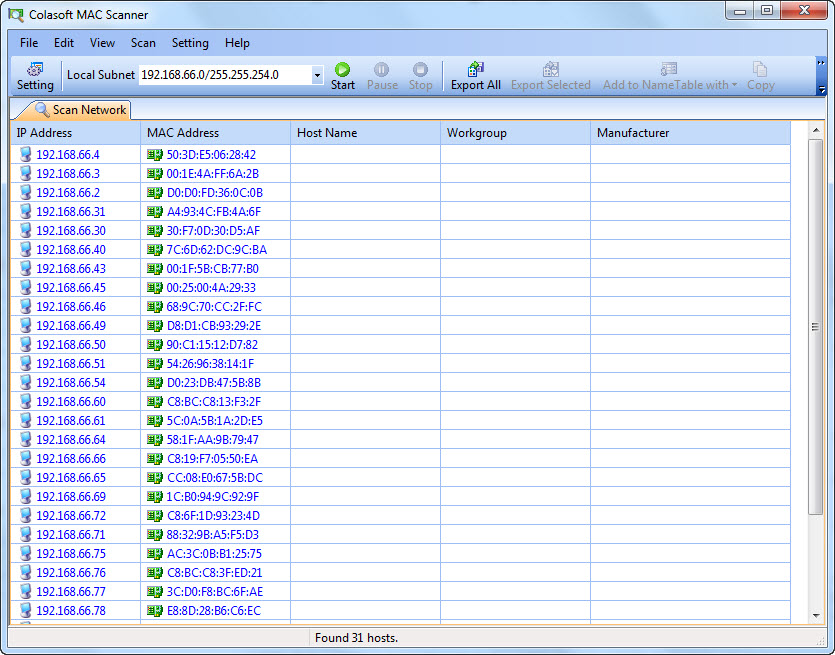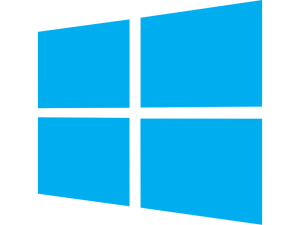What is the ‘arp’ command, and how can I use it?
Let’s answer the question, but before I do, you can watch my ARP lesson on Youtube here: https://youtu.be/aD_caJxD7nY and look at the lessons in the playlist:https://www.youtube.com/playlist?list=PL-nDeWT9WTjFT1syEIGsLTObjkx4XDOUt Check out some further ARP Resources: Our free ARP course at Udemy Our ARP custom profile for Wireshark Our chapter on ARP at the Online School Reference Library OK – let’s […]
What is the ‘arp’ command, and how can I use it? Read More »




